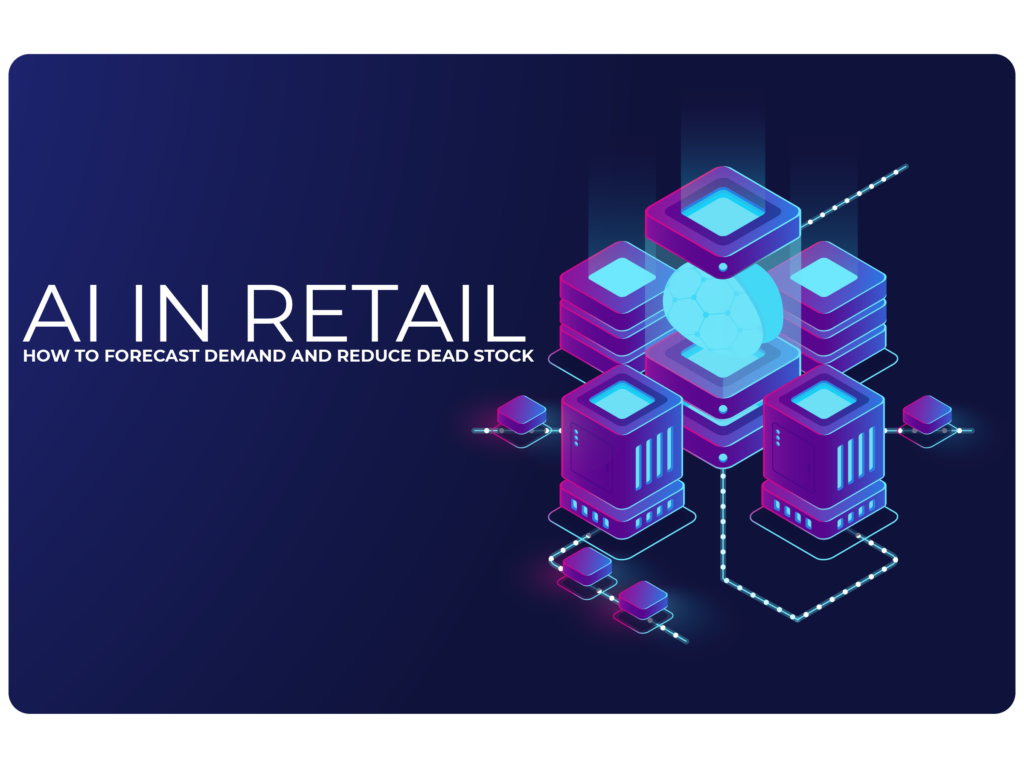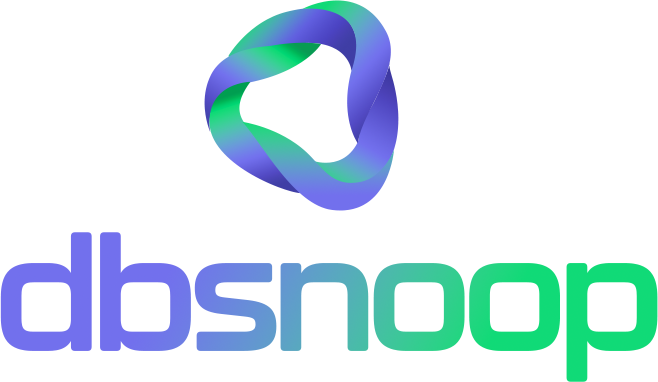

The logistics manager walks through the distribution center on a hot November day. Entire aisles are occupied by boxes of wool coats and winter boots from the previous year’s collection. This is the “cemetery” of tied-up capital. Each of these products represents money that isn’t circulating, storage space that is being paid for, and a purchasing bet that went wrong. Across town, in one of the chain’s stores, the shelf for a sandal model that unexpectedly went viral on TikTok is empty, leading to customer frustration and direct sales loss.
This scenario of “too much of what doesn’t sell, too little of what does” is the chronic pain of traditional retail. For decades, demand forecasting has been an art based on spreadsheets, historical averages, and intuition. But in an omnichannel, volatile, and trend-driven market where fads are born and die in weeks, this model is not just inefficient; it’s fatal. The answer to this complex challenge doesn’t lie in better spreadsheets, but in the application of Artificial Intelligence (AI) to create a demand forecasting system that is predictive, granular, and adaptive.
The Failure of the Traditional Model: Why Spreadsheets Lie to You
Traditional demand forecasting fails because it is inherently simplistic and looks to the past to try to predict a future that is increasingly different. The main points of failure are:
- Data Latency: The process of collecting sales data from all stores, consolidating it into a spreadsheet, and analyzing it can take weeks. By the time the analysis is ready, market conditions have already changed.
- Disconnected Data: The traditional model rarely manages to cross-reference sales data with crucial external factors. How does next week’s weather forecast affect ice cream sales? How does the release of a superhero movie impact the sale of licensed toys?
- Lack of Granularity: Forecasting is done at a macro level (“sell more t-shirts in the summer”), but it fails to predict the demand for a specific color, size, and store, which is where true inventory optimization happens.

The Predictive AI Revolution: Seeing the Future in the Data
An AI-based demand forecasting model doesn’t just look at your sales history. It ingests and analyzes hundreds of variables in real time to understand the drivers behind purchases.
- Internal Data Sources: Sales history (by hour, by store, by SKU), e-commerce browsing data, current stock levels, promotional calendar.
- External Data Sources: Weather forecasts, Google search trends, social media mentions, local and national holidays, event data (concerts, games), competitor pricing.
Using Machine Learning algorithms, AI can identify complex and hidden patterns in this mass of data. The result is a forecast that is not just reactive, but predictive and granular, allowing the retailer to answer questions like, “What is the probability of selling blue sandals, size 36, at the store in mall X next Saturday, considering the weather forecast is sunny and 30°C?”.
The Missing Link: Why Your AI Initiative Might Fail
Many companies invest millions in data scientists and AI platforms, only to see their projects fail or deliver mediocre results. The reason is rarely the algorithm. It’s the foundation on which it operates: the performance of your data infrastructure.
An AI model is a voracious consumer of data. To train a forecasting model, it needs to run massive queries that read years of sales history. To make real-time predictions, it needs fast access to the latest inventory and transaction data. If the database that serves this data is slow, the entire AI initiative is compromised.
The “Slow Data In, Bad Predictions Out” Principle: If the ingestion queries for your AI model take 10 hours to run instead of 30 minutes, the model will be trained on yesterday’s data. Its “predictions” for today are born obsolete and inaccurate. Data latency nullifies the predictive power of the algorithm.
dbsnOOp: The Performance Foundation for AI in Retail
dbsnOOp is not an AI platform for retail. It is the observability platform that ensures your AI initiative in retail works. We guarantee that the missing link—database performance—is a solid rock.
- Ingestion Query Optimization: Our AI engines analyze the heavy queries that your Machine Learning models execute. We automatically identify bottlenecks, such as a missing index or an inefficient execution plan, and recommend the exact optimizations to reduce execution time from hours to minutes.
- Data SLA Guarantee: We continuously monitor the health and performance of your database 24/7. This ensures that the real-time data, essential for day-to-day forecasts, is always available and accessible with low latency, preventing the model from operating on outdated information.
- Cloud Cost Reduction: AI workloads are resource-intensive and can generate exorbitant cloud costs. By optimizing the efficiency of database queries, dbsnOOp ensures that you need less computational power to process the same data, directly reducing your AWS, Azure, or GCP bill.
The promise of AI to eliminate dead stock and predict the next big trend is real. But it can only be built on a foundation of fast, reliable, and optimized data.
Stop letting your company’s capital sit idle in a product cemetery. Build the data foundation for a truly predictive retail operation. Schedule a meeting with our specialist or watch a live demo!
Schedule a demo here.
Learn more about dbsnOOp!
Learn about database monitoring with advanced tools here.
Visit our YouTube channel to learn about the platform and watch tutorials.

Recommended Reading
- AI Database Tuning: The most fundamental reading to understand how Artificial Intelligence is applied to optimize the very data foundation that supports retail business models.
- What does your company lose every day by not using AI?: This article expands on the “cost of inaction,” quantifying the daily losses that go beyond dead stock, including the loss of time and opportunity.
- Cloud Monitoring and Observability: The Essential Guide for Your Database: As most modern retail and AI operations run in the cloud, this guide is crucial for understanding how to ensure the performance and cost control of the infrastructure that supports your predictive models.

